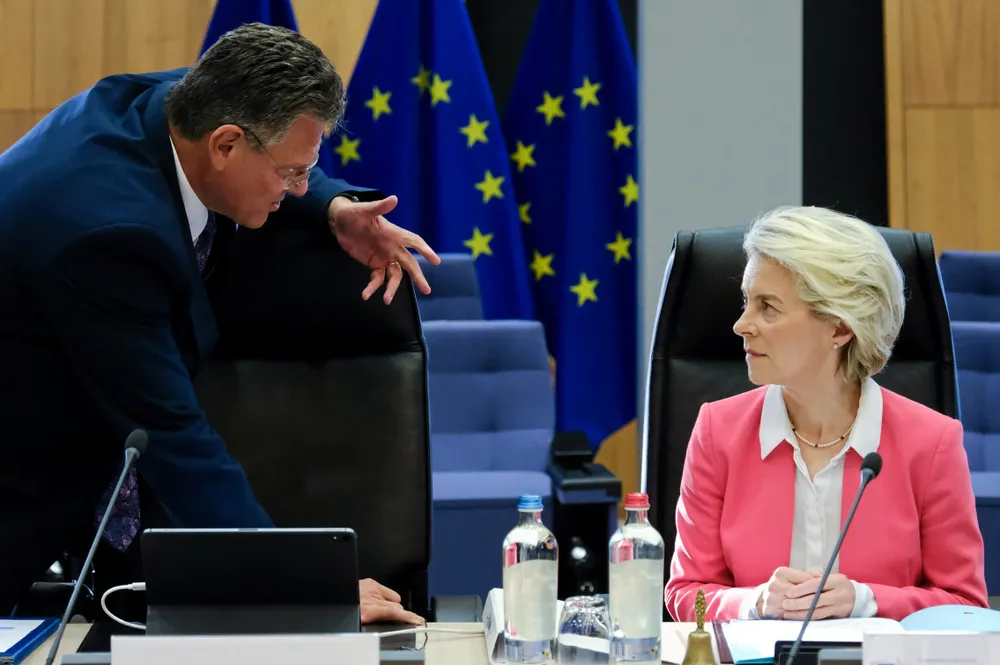EXCLUSIVE | 'European Commission is considering Contracts for Difference for green hydrogen offtakers'
Green bonds are also likely to be issued for Global Gateway H2 funding, Hydrogen Europe CEO tells Hydrogen Insight

Green bonds are also likely to be issued for Global Gateway H2 funding, Hydrogen Europe CEO tells Hydrogen Insight
